Graphics Reference
In-Depth Information
0
1
1
2
Æ
[]
Æ
P
P
,
P
Æ
P
[
]
[
]
[
]
X
0
,
X
X Y
,
Æ
X
, ,
0
Y
and
1
2
2
i
:
R
Æ
Æ
P
,
i
:
R
Æ
P
[]
(
)
[
]
x
x
,
1
xy
,
Æ
xy
, ,
1
are one-to-one. Therefore, by identifying the corresponding points, we shall think of
these maps as inclusion maps and get a commutative diagram
0
1
2
PPP
ÃÃ
»»
ÃÃ
||
0
1
2
RRR
.
The “inclusion” maps i above are called the
standard imbeddings
of
R
in
P
1
and
R
2
in
P
2
. In particular, we shall consider the Euclidean plane as a
subset
of the projective
plane.
The two notions of “homogeneous coordinates” and “projective space” are really
quite inseparable. Homogeneous coordinates define the natural coordinate systems
for projective space. Even if they are only used to coordinatize points of Euclidean
space, one is dealing with projective space at least implicitly.
The points of
P
n
-
R
n
Definition.
are called
ideal points
. All the other points are
called
real points
.
The projective line
P
1
has only one ideal point [1,0], which we shall denote by •
and so, as a set,
P
1
can be identified with the union
R
» {•}. Furthermore, with the
natural topology, the real points of the space that “converge” to ±• as numbers would
converge to the ideal point •. In other words,
P
1
is a circle topologically.
The projective plane
P
2
is another space that is probably new to the reader. What
does it really “look” like topologically? We shall postpone a careful answer to this ques-
tion to Chapter 5 because this chapter has different goals. However, note that the ideal
points of
P
2
are the points of the form [X,Y,0]. There is a natural correspondence
between those points and the points [X,Y] of
P
1
, that is, the set of ideal points in the
projective plane look like a copy of the projective line. To put it another way, a good
way to think of the projective plane is as the standard Euclidean plane with a circle
added at infinity. As sets,
P
2
=
R
2
»
P
1
. In Section 5.9 we shall give some other defi-
nitions that produce spaces topologically equivalent to the space
P
2
defined above.
For example, we shall see that we can think of the projective plane as a disk with
antipodal points on its boundary identified. The points derived from the boundary
correspond to the ideal points. See Figure 3.9(a). This also leads to another way of
thinking of
P
2
, namely, as the union of a Moebius strip and a disk with the two bound-
aries (both are circles) glued together. See Figure 3.9(b). In this chapter, however, we
are not interested in the projective plane from the point of view of topology but in
terms of its algebraic and analytic structure. As an analogy, note that
R
2
looks like an

